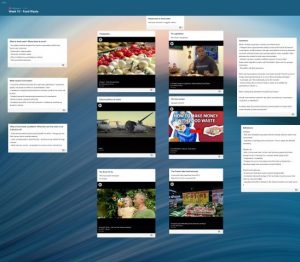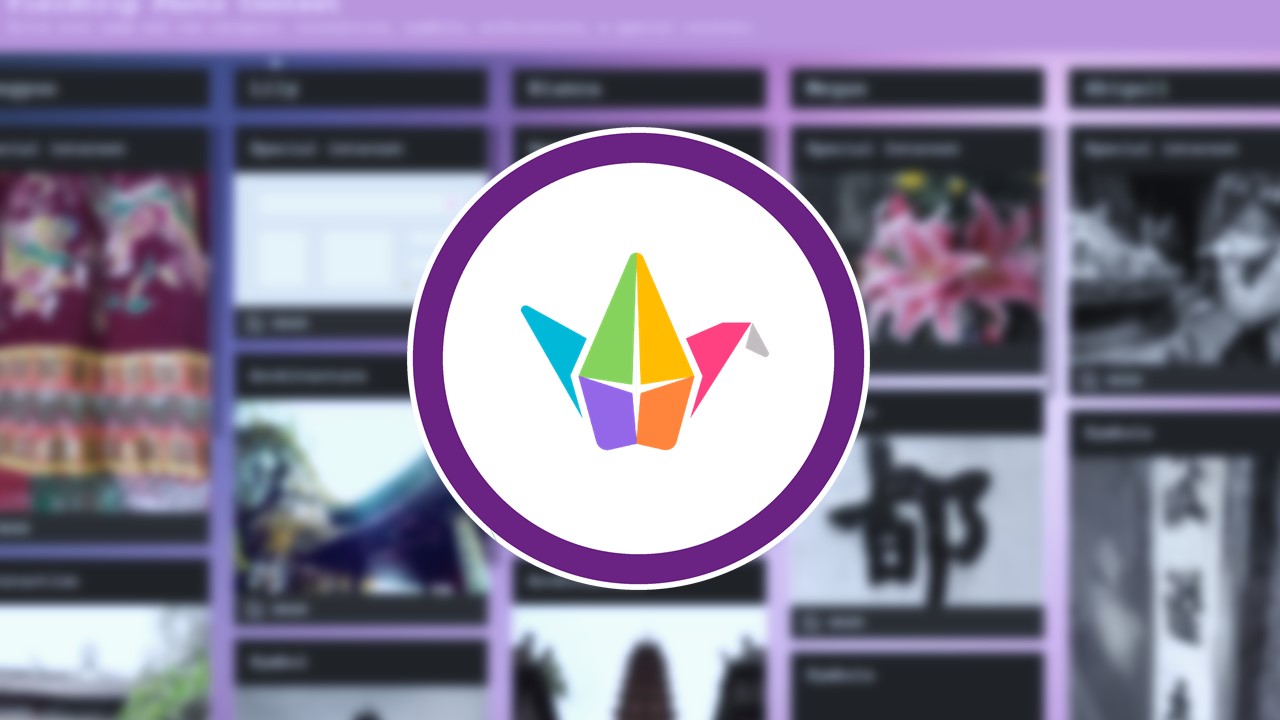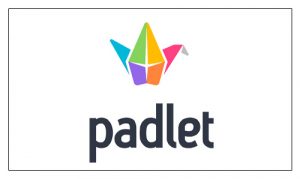Using Padlet to drive student engagement and contributions during online seminars
GEOG30162-60162 Geographies of Food and Farming is an optional module for third year undergraduates, broadly in environmental geography. Taught during national lockdown, the major challenge here was translating in-person activities into an online format. Other problems to be navigated included low motivation levels and feelings of detachment among students, who were struggling with the pressures and novelty of online learning. As a result, attendance, contribution, and pre-session preparation were generally quite low.
Particularly for seminars I used Padlet. Ahead of meeting with students, rather than starting with a blank board, I prepared a Padlet board with a structure and tasks anticipating around 20 students for each session, though this varied substantially throughout the semester. To correspond with my planned timed seminar tasks, I decided to use separate Padlet notes (the individual ‘stickers’ on the board) e.g. 4 notes/stickers, which correspond to a 10, 15, 10 and 5 minute task. This I found kept the session paced and gave a clear indication of where the session was going (it also helped to avoid the ‘dragging’ feeling that can sometimes accompany Zoom learning, with no end in sight).
On the day I started each session with a 5 minute opening discussion, where I described/outlined the topic and gave some preliminary thoughts. I then shared the Padlet board in the Zoom call so that everybody was looking at the same screen, then broke off to start the first activity. In order to mitigate against the drop-off that is sometimes follows the announcement of breakout rooms I made it clear that the breakout rooms were time-limited and that students would be returning in 10 minutes.
For the tasks, I used breakout rooms which corresponded to a section of the Padlet board. For example, if I was anticipating 4 breakout groups, I would prepare 4 blank notes labelled 1-4 for the first activity, where each breakout room would input their comments and discussion points relating to the activity. From my perspective in the main Zoom room I would then see the board starting to populate with comments from each of the 4 rooms on the 4 respective notepads. As contributions started to come in, I had time, alone in the main room, to start pulling together ideas and threads across the groups’ discussions.
After bringing students back into the main room, the 4 Padlet notepads each group was working on became the visual aid/prompt for a wider group discussion. I either asked for any general contributions, or focus in on a particular point on the Padlet board ask groups to speak to that. I often find that praising a particular point in this way, in front of the rest of the class, encourages people to come forward and ‘claim’ that point and, moreover, elaborate on it. This was a significant step in getting beyond the initial students’ reluctance to contribute and comment within the wider Zoom plenary, where the barrier to contribution feels high from the student perspective. With this first Breakout/Padlet activity completed, I often found that the ice was broken and students were much willing to both share ideas and to talk with one another more than they were in a 20-person online room.
For the second activity I would try to embed 2-3 short video or social media clips as a discussion prompt. I often split the class off into 2 larger groups, or keep everybody in the same room and have a larger group discussion where appropriate.Combined with the interactive first task I found this really drove engagement and kept the momentum up around the 35-40 minute mark of the seminar. This was another timing/pacing issue that the Padlet format assisted with.
In the last 5-10 minutes I would normally summarise and link back to key course concepts. I found that in an online seminar, this was more effective than trying to direct the entire session towards key readings and concepts from the outset. I would first use the above-mentioned strategies (case-study-driven Padlet discussions, social media examples) to drive enthusiasm for the topic, then follow up with theory and conceptual ideas afterwards, once engagement was already established. I found this was quite well received overall, and reminded students that this more inductive approach to the course content was just as valid as starting with the concepts and then working down.
At the end I would export the Padlet as a JPEG so that it was saved as a record of the session and as a revision aid, before wiping the contributions from that session – while keeping the structure and questions – for the next class. The Zoom link was the same for both.
Results/Evaluation
Engagement and attendance were consistent throughout the module. Students showed up regularly and were eager to participate when they did. I heard from several students after the sessions that they enjoyed the format and felt comfortable contributing.
Unit Surveys quantitative and qualitative feedback showed really positive responses to the teaching methods, especially the use of Padlet rather than the ‘standard’ breakout rooms + discussion questions format.
See student feedback below.
Student Feedback
Matt used Padlet which was really useful for capturing everyone’s ideas and contributions.
The sessions were excellently structured (I loved the use of Padlet to give specific focuses in the breakout rooms), very topical/relevant, and stimulating which allowed for a really useful in-depth discussion of the topics. The materials he provided prior to and during the seminars were very interesting and aided the conceptualization of the somewhat abstract topics into an easy-to-understand, relevant, everyday application.
[The Padlet] created a relaxed, casual environment where people felt very comfortable in sharing ideas and enagaging. The materials we had to read were also so interesting and splitting seminars into smaller group conversations and updating the Padlet before going into the main room meant the information and ideas were well recorded and now easy to find.
[On the social media activities]: I loved that it focused more on our experiences and allowed us to debate with this, rather than dry discussions of the literature.
Matt also adapted the sessions near the dissertation submission to be less focused on the literature and, instead, more focused on everyday experiences of the topics reducing the workload and stress of this period.
I thought the way the seminar sessions were run via Zoom were very interactive all things considered. They were interesting and got groups discussions going.
Interesting content, seminars are really engaging and offers lots of participation.
Benefits
- Engagement remained relatively high in the face of general lack of motivation for online learning.
- Students felt more empowered to participate and share than in the conventional zoom/breakout format.
- Attendance was more consistent which allowed for easier session planning.
- Interactive learning was made possible despite limitations of virtual format.
- Sessions catered to the types of media students were primarily consuming during the pandemic (social media + online
sources instead of journal articles and books), while still connecting with key literature.
Top Tips
- Play around with Padlet and see if it works for migrating in-person teaching ideas online.
- Take advantage of the drag+drop format. Find short and engaging clips that can be embedded into the Padlet board.
-
Have the Padlet layout map onto the session structure, so that students have a clear sense of what is expected and what is to come during the seminar.




0 Comments